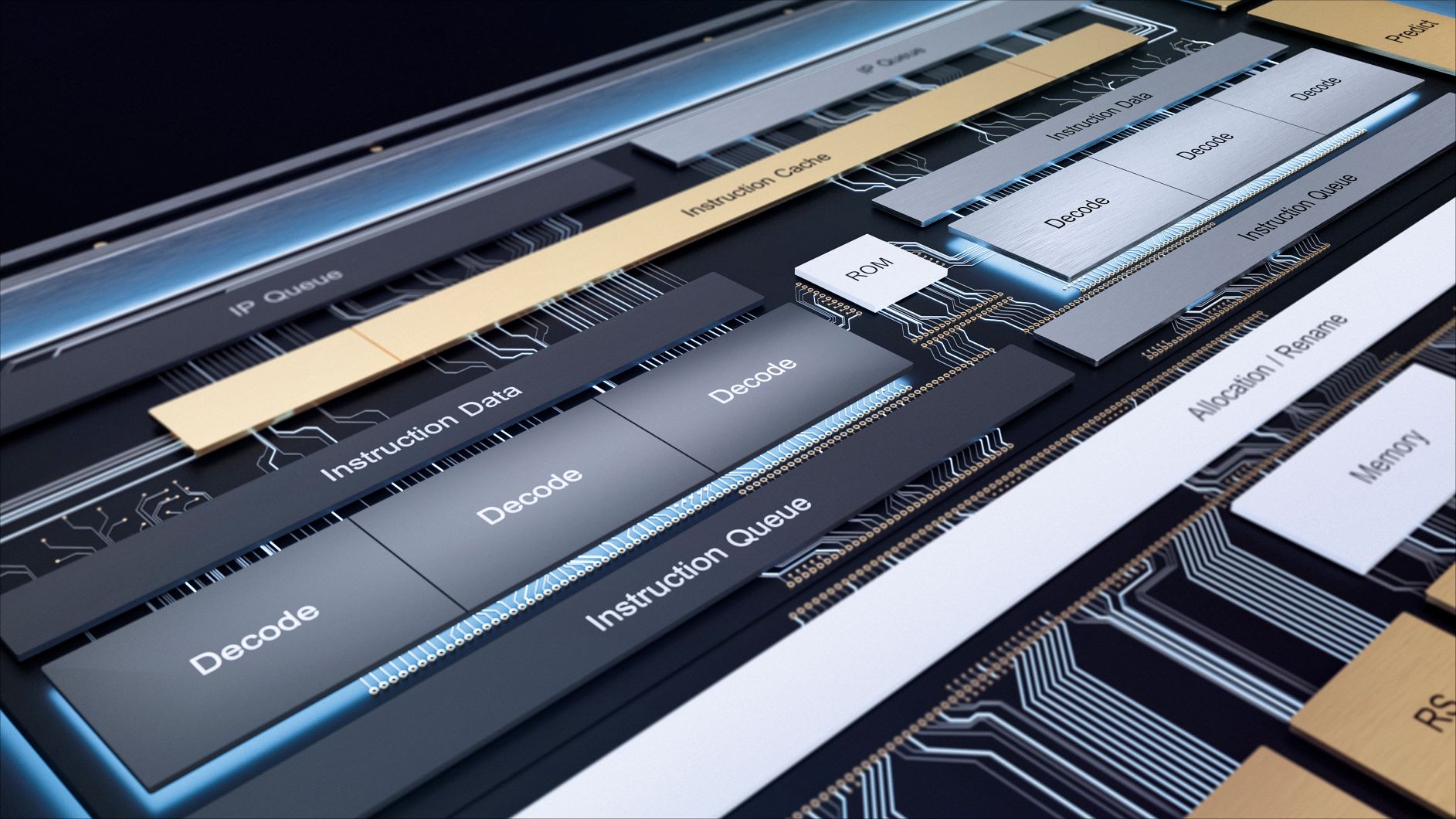
Intel broke its all-time quarterly record for revenues in Q3, reporting $19.2 billion in earnings, smashing July’s outlook by $1.2 billion, despite falling PC hardware sales amid ongoing 14nm CPU supply constraints.
 “We’re letting our customers down” CEO Bob Swan said bluntly on an earnings call of that lingering issue, which hit headlines last year.
“We’re letting our customers down” CEO Bob Swan said bluntly on an earnings call of that lingering issue, which hit headlines last year.
Intel Results: PCs Down, Data Centers Up, Xeon Shipments Soaring
Executives may have cried all the way to the bank: the company has reportedly been prioritising higher-margin Xeon chips for data center customers (it has now shipped 23 million units) and with data centre revenue hitting a record high of $6.4 billion, the strategy is clearly paying off. (Intel expects FY revenues of $71 billion.)
Here are five key takeaways from the Q3 Intel results.
Intel Results: 5 Key Takeaways from the Q3s
1: Supply Constraints? We’re a Victim of Our Own Success, says CEO
CEO Bob Swan said of lingering 14nm CPU shortages: “Over the course of the last three years, I guess, we’ve grown the business by about 20%, so $13 billion in revenue over the last three years and the practical reality is, we didn’t anticipate that kind of explosive growth three years ago.
“We didn’t have the capacity in place to deal with it and we’ve been working our tails off for the last 12 months to ensure for our customers that we wouldn’t be a constraint on their growth.”
Read this: Intel Ramps Up FPGA Battle with Xilinx, Claims 40% Performance Improvements
Intel has increased 14nm capacity 25 percent this year, he said, adding “we expect our second-half PC client supply will be up double-digits compared to the first-half… But that growth hasn’t been sufficient. We’re letting our customers down. And they’re expecting more from us.”
“We are working hard to regain supply demand balance. But we expect to continue to be challenged in the fourth quarter.”
2: 5nm, Anyone?
Manufacturing capacity is expanding, and the company is also working on a 5nm chips it said for the first time. Swan, appointed CEO in January, said: “Our manufacturing process node execution is also improving… Yields are improving ahead of expectations for both client and data center products.
“We are on track to launch our first 7-nanometer based products, a data center focused discrete GPU in 2021 two years after the launch of 10-nanometer. We are also well down the engineering path on 5-nanometer.”
3: Can it Use Third-Party Foundries?
Can Intel start tapping foundries to help speed up execution? UBS’s Timothy Arcuri popped the question on the company’s earnings call, asking for Swan’s views on “make vs outsource”: “Is anything sacred?”
The answer was diplomatically open: “We’re extremely open-minded about how do we ensure that we’re building the best products and where we build them. [That is] something that we will always evaluate.”
4: Memory, Mobileye Surging (And Say Hello to “Tremont”)
Intels communications services segment grew 11 percent. Its cloud segment returned to growth, up 3 percent, and enterprise and government revenue grew 1 percent. Its IoT group also achieved record revenue, up 9 percent on strength in retail and transportation.
Autonomous vehicle specialist Mobileye achieved record revenue, up 20 percent on increasing ADAS adoption. Another standout: Intel’s memory business (NSG) also achieved record revenue, up 19 percent.
(Outside the earnings, Intel unveiled its new low-power x86 CPU architecture, Tremont. The chipset is designed for low power, smaller hardware like tablets or Microsoft’s new Surface Neo, in which it will feature: “We focused on a range of modern, complex workloads, while considering networking, client, browser and battery so that we could raise performance efficiently across the board said Tremont chief architect Stephen Robinson.)
5: Ambitions Are High
Surging data production across industry verticals and a rapid rise in tools to create value from that data using machine learning and AI will continue to power semiconductor demand, and Intel expects to generate a staggering $85 billion in revenue and $6 in EPS in three to four years.
The company expects to make continued hay from its new memory technology, Optane too, after signing tie-ups with Oracle and SAP that will see the two use the technology to power cloud deployments of their software.
Intel will have Micron snapping at its heels on that count. The company today announced its rival, saying the SSDs were the world’s fastest…
*Banner images shows Intel’s Tremont, ultra-low-power 10nm CPU architecture






